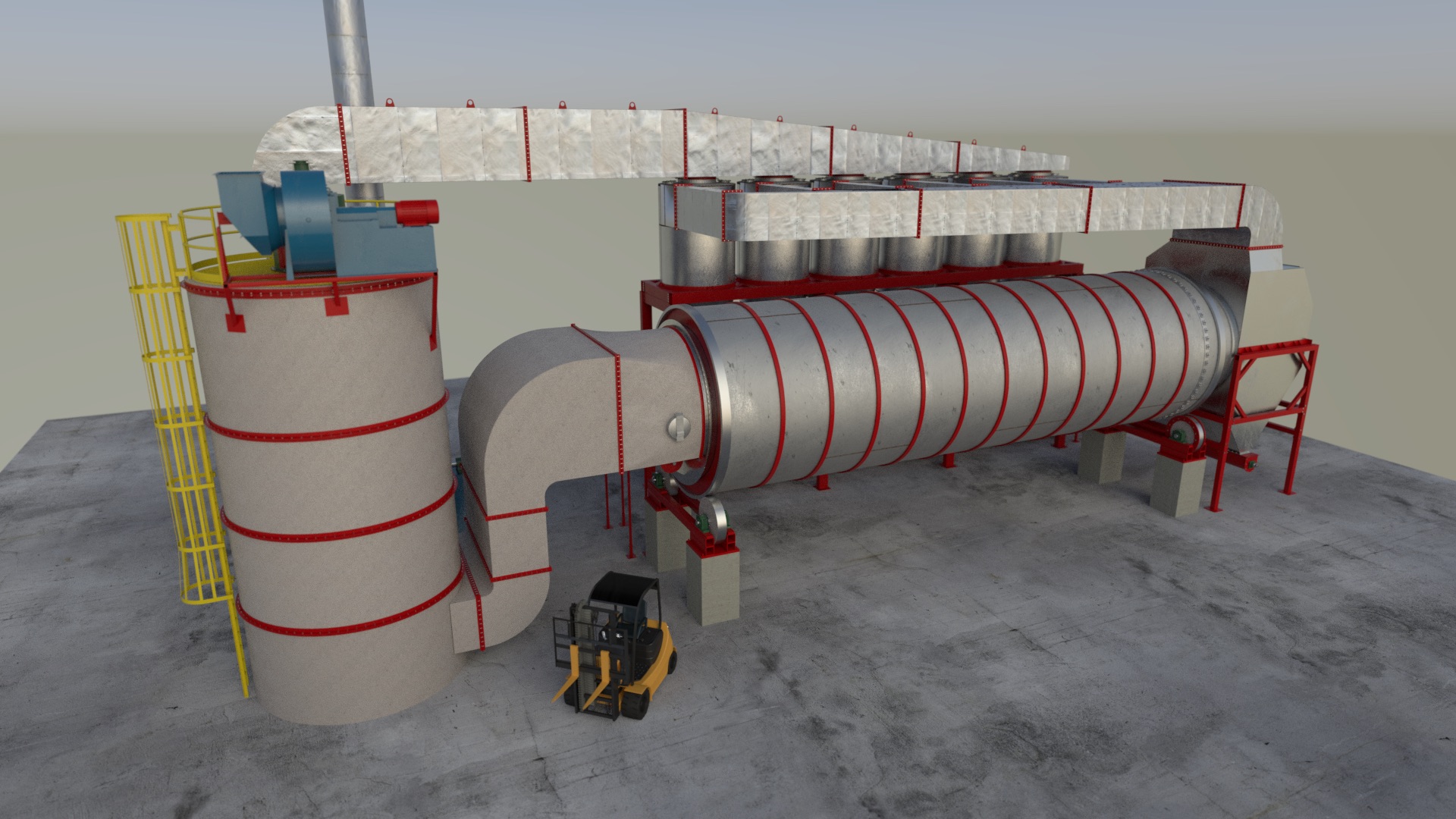
Properly maintained dryers are safe dryers
June 25, 2019
By Cathryne Scharton
15 tips to keep biomass dryers running longer and safer

We know that preventative maintenance and routine safety procedures can keep a dryer running longer with fewer shutdowns, significantly extend the life of your dryer, and keep employees safe by reducing the risk of explosions.
Here are some items Thomspon Dryers recommends you consider when planning your dryer maintenance schedule:
1. The dryer drum needs to be properly aligned every one to two years to lengthen the life of your dryer and maintain the highest product yields possible.
2. Trunnion wheels should be properly aligned every one to two years. This helps lengthen the lifespan of the dryer.
3. Drum tracks need to be resurfaced regularly to reduce stress loading and shock vibration.
4. Regularly resurfacing seal rings ensures proper sealing, which reduces the risk of explosions and fires, and makes your dryer more efficient.
5. It’s important for trunnion wheels to be resurfaced regularly to reduce stress loading and shock vibration of your dryer system.
6. If headplates show signs of cracking, installing stiffening rings can prevent flexing and stop the headplates from cracking. Simply repairing cracks will not stop the flexing that is causing the drum to crack.
7. If your burner isn’t working make sure to check the ignitor and flame sensor for problems first. This is often where the problem lies.
8. Changes in fuel usage can indicate a leaking seal. Leaking seals not only cause higher fuel costs, but can also increase the chance of a fire or explosion. Monitoring fuel usage and checking seals regularly can prevent seals from leaking.
9. Implementing a dryer training program for new operators can reduce the chance of accidents and prevent misuse of equipment. Make sure to review the equipment operating manual prior to use.
10. Make sure the area behind the outlet hopper is appropriately marked as a dangerous area and restricted during operation. Pressure build-up can cause the outlet hopper to move if an explosion occurs, creating a hazard to workers in the vicinity.
11. Areas near explosion panels/doors should be roped off during dryer operation and display appropriate signage, marking the area as dangerous. Pressure can cause the explosion panels/doors to break away from the drum and cause a hazard to workers in the area.
12. Danger signs should be placed near seals. In the event of pressure build-up, seals may burst, posing a risk to workers in the area.
13. It’s important to mark the trunnion and track as a dangerous area and keep the area restricted during equipment operation. The trunnions and track are a pinch point, so personnel should take care when working in this area to prevent accidents.
14. The chain and sprocket should have appropriate warning signs and the area should be restricted during normal dryer operation. The chain and sprocket create a pinch point, which is a potential hazard to workers.
15. Warning lights and horns should be installed around the equipment by an electrical contractor to signal when the dryer is going into automatic shutdown. This is the most dangerous state of the dryer and warnings can help prevent accidents.
These tips were compiled from interviews with the following Thompson Dryers engineers: Stan Thompson, director of research and design; Josh Thompson, chief technology officer; Mike Crow, field solutions director; and Becky Long, dryer design engineer.
This article is part of Dust Safety Week 2019. To read more articles on dust safety, click here.
Cathryne Scharton is the communications director for Thompson Dryers. Contact Thompson Dryers Field Solutions at 785-272-7722 to get your maintenance scheduled today. For more dryer maintenance and safety tips, follow Thompson Dryers on Facebook and LinkedIn.
Print this page